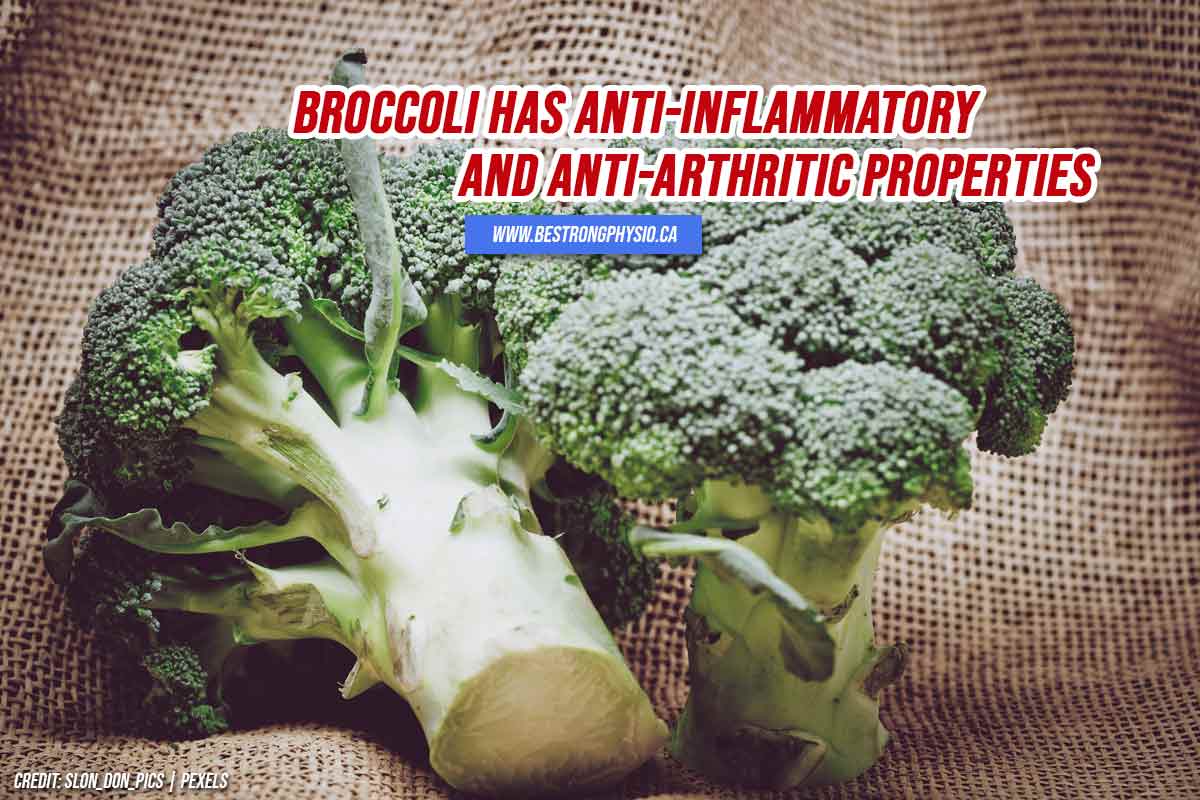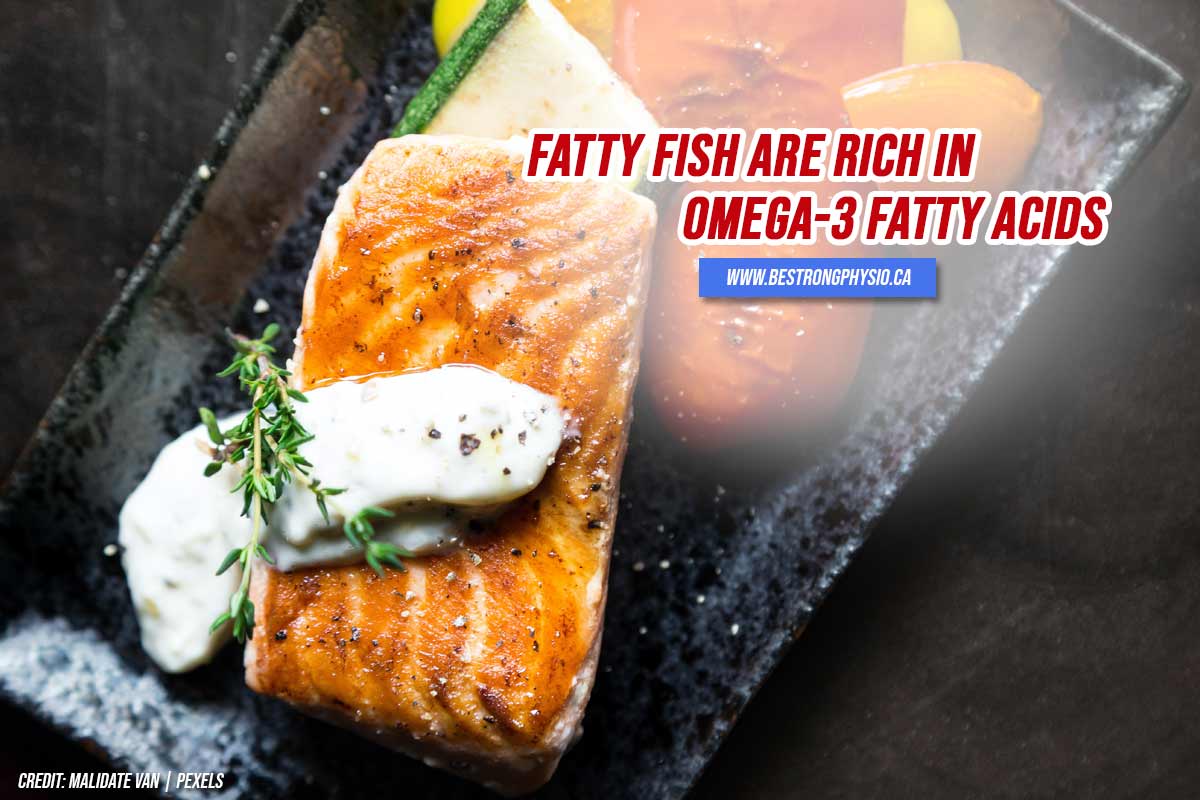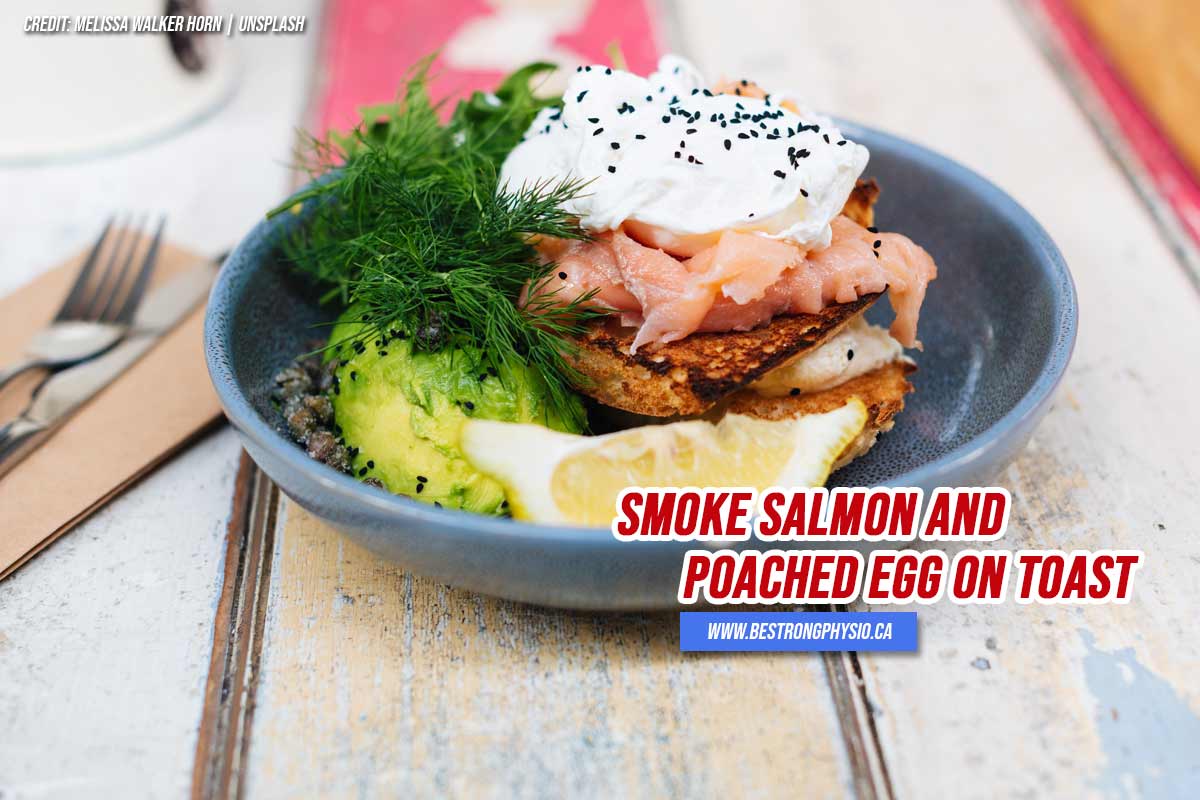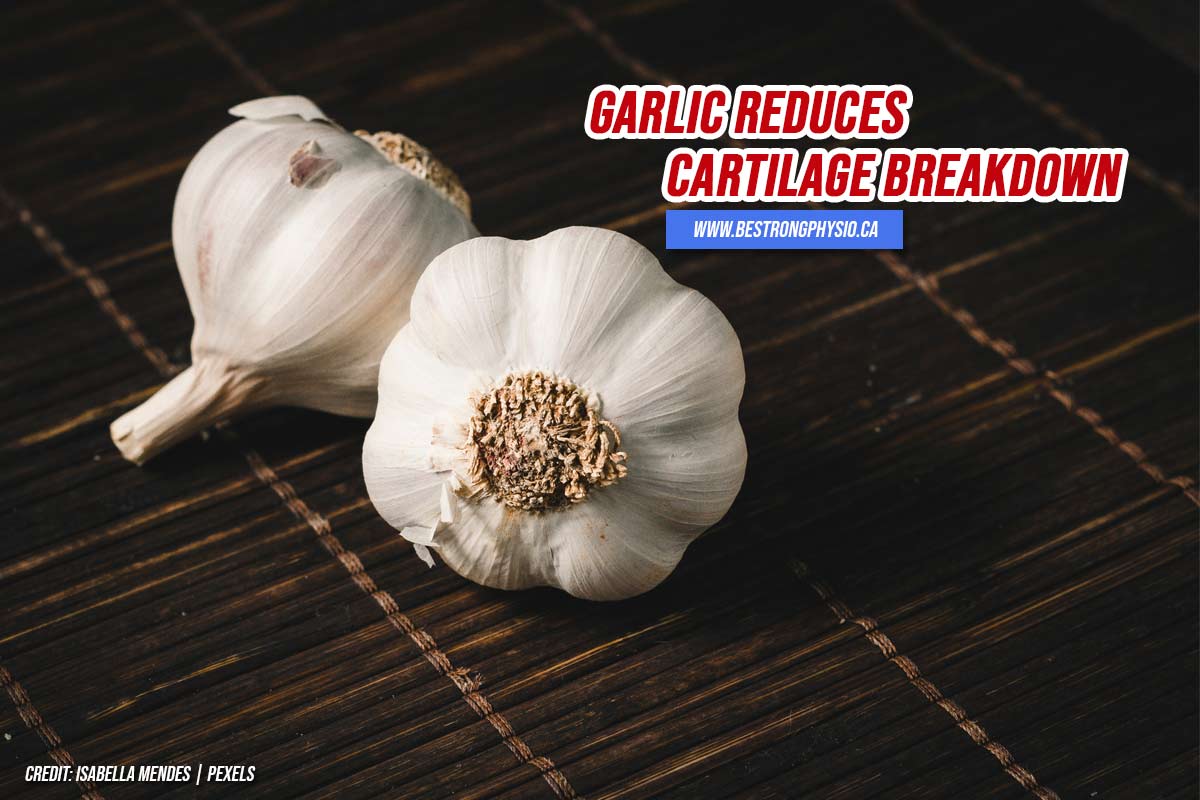3 Best Foods for Your Joint Health
As we grow older, our bones and joints get weaker too; they may start to crack and hurt. Here are 3 foods to relieve joint pain and strengthen your joint health, so even as you age, you can still be active and enjoy the activities you love.
Broccoli

Broccoli and other cruciferous vegetables (e.g. bok choy, Brussels sprouts, and cauliflower) contain sulforaphane, which may help reduce the breakdown of cartilage. Cartilage is the padding-like connective tissue on joints that helps them move smoothly.
What Studies Show
- Test tube and animal studies show positive evidence for broccoli’s anti-inflammatory and anti-arthritic properties. However, more human studies have to be done.
- A study published in Arthritis and Rheumatology suggests sulforaphane (derived from broccoli and other cruciferous vegetables) as a possible treatment for rheumatoid arthritis. Sulforaphane was observed to reduce synovial hyperplasia, an increase of cells (fibroblast-like synoviocytes) that contribute to the said disease. It also encourages the production of T cells, which play a significant role in the immune system.
- In a study published in the Journal of the Academy of Nutrition and Dietetics, researchers examined the diet of 1,005 middle-aged Chinese women. They found that women with high cruciferous vegetable intake showed less inflammatory and oxidative stress markers.
How to Add It into Your Diet
You can enjoy broccoli roasted, stir-fried, in soups, and in pasta. Try this stir-fry recipe on Simple Vegan Blog. This is great for meal prep, as it can be refrigerated for as long as 5 days.
- Prepare 1/2 cup brown rice.
- Boil water in a wok or a frying pan. Make sure to have enough water to submerge the following vegetables.
- Add 1 cup chopped red cabbage, 1/2 chopped head of broccoli, 1/2 chopped red bell pepper, and 1/2 chopped zucchini. Cook the vegetables in high heat for 1 to 2 minutes.
- Drain the vegetables, and set aside.
- Heat 2 tablespoons of extra virgin olive oil in a wok or a frying pan. Add 4 cloves of minced garlic, 1 handful of finely chopped fresh parsley, and 1/8 teaspoon of cayenne powder. Cook the mixture in high heat for 1 minute. Make sure to stir it occasionally.
- Add the vegetables, cooked brown rice, and 2 tablespoons of tamari or soy sauce. Cook the dish for another 1 or 2 minutes.
Fish

Fatty fish, such as herring, mackerel, salmon, and trout, are rich in anti-inflammatory omega-3 fatty acids.
Fish also contains vitamin D, which is important for bone and muscle functions. Rheumatoid arthritis has been linked to vitamin D deficiency; consuming food rich in vitamin D may help manage symptoms of the disease.
Health Canada recommends the consumption of fish with high fatty acid concentration and low mercury content, like anchovy, capelin, char, hake, herring, Atlantic mackerel, mullet, pollock (Boston bluefish), salmon, smelt, rainbow trout, lake whitefish, blue crab, shrimp, clam, mussel, and oyster.
However, the health department also advises to limit consumption of predatory fish or fish with high mercury content, like escolar, marlin, orange roughy, shark, swordfish, and fresh or frozen tuna. Health Canada provides a list of recommended predatory fish intake in grams per week for different age groups.
What Studies Show
- A study published in Arthritis Care and Research shows a negative correlation between fish consumption and symptoms of rheumatoid arthritis. The researchers observed that the higher the fish consumption, the lesser the joint pain.
- In a study published in the Public Library of Science, participants were divided into 3 groups, each put on a different diet (fatty fish, lean fish, and lean meat). Researchers found that those in the fatty fish group had lower lipids (oily or waxy substances in the body that have been linked to inflammation). However, the sample size of this study is small; further research is necessary to confirm the data.
How to Add It into Your Diet

You can enjoy fish fried, baked, grilled, steamed, and even raw. Check out this smoked salmon and poached egg on toast recipe from Killing Thyme. It makes a hearty breakfast or brunch.
- Mash 1/2 of a large avocado in a bowl. Mix it with 1/4 teaspoon of freshly squeezed lemon juice and a pinch of salt. Set aside.
- Poach 2 eggs: Let a small pot of water simmer (180 to 190 degrees). Crack the eggs, and place them into separate small bowls. Swirl the simmering water with a spatula or a spoon to create a “whirlpool.” Gently place the eggs individually into the swirling water. After two minutes, use a slotted spoon to remove the eggs. Place the eggs in ice water for about 10 seconds and then onto a paper towel. Gently pat them dry, and place them on a plate.
- Don’t forget the toast. Spread the mashed avocado on 2 slices of toasted bread. Place slices of smoked salmon, followed by the poached eggs on top.
- Season with a drizzle of soy sauce and a sprinkling of pepper. Finish with a garnish of scallions and microgreens.
Garlic

Garlic doesn’t only pack a punch in flavor. It also contains diallyl disulphide that inhibits the production of enzymes that break down cartilage.
Garlic has thiacremonone that has been observed to reduce inflammatory markers.
What Studies Show
- In a study published in BMC Musculoskeletal Disorders, researchers examined the diet of 1,082 twins. They observed that diets with high fruit, vegetable, and allium (garlic, onion, leek, chives, etc.) intake showed a negative correlation with osteoarthritis. The study highlights the role of alliums in reducing the risk of osteoarthritis.
- In a study published in Arthritis Research and Therapy, researchers extracted thiacremonone from garlic and observed its anti-inflammatory and anti-arthritic effects. Thiacremonone inhibits the activation of the protein complex that regulates inflammatory response (NF-κB).
How to Add It into Your Diet
You can enjoy garlic roasted, fried, buttered, minced raw, blended, and more. It adds a distinct, powerful flavor to savory dishes that no other spice can. But did you know that you can “pickle” it too? Try this honey-fermented garlic recipe from Healthline, which, aside from delivering the anti-inflammatory benefits of garlic, also offers the antimicrobial powers of honey.
- Place a glass jar in boiling water to sterilize it.
- Peel whole garlic cloves, and place it in the sterilized container.
- Pour honey into the jar. Make sure to have enough honey to submerge the garlic cloves.
- Close the jar tightly, and let it sit for 3 days.
- Open the container to release gas, and stir the mixture. Tiny bubbles in the mixture are good indicators that it has begun fermenting.
- Close the jar again, and wait for another week before consumption.
No Cure-All to Strengthen Joints and Relieve Joint Pain

We understand that you need relief; however, there is no “superfood” that will strengthen your joints and relieve joint pain on its own. A good diet with foods for your joints helps significantly, but it must be paired with holistic prevention and treatment practices, such as exercise, proper posture, and physiotherapy.
Be Strong Physiotherapy can help you take care of your musculoskeletal health. Whether you’re recovering from injury, battling with a musculoskeletal disorder, or simply wanting to build your strength and mobility, Be Strong can assist you with your recovery. Give us a call at (416) 792-6440 or email us at info@bestrongphysio.ca to book an appointment.





